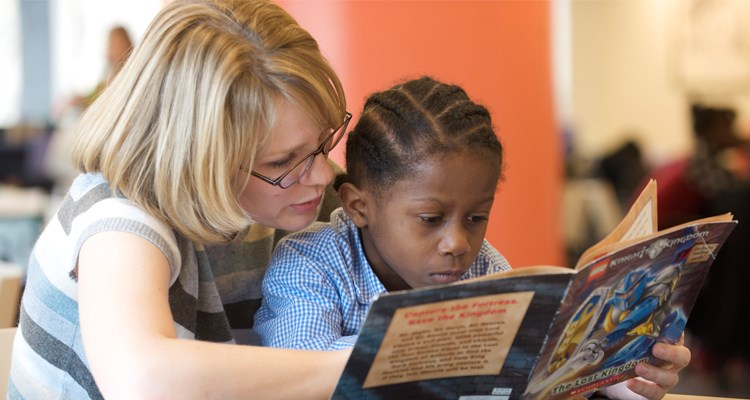National Young Readers week is Nov. 9-15, which makes it a good time to revisit all things related to reading and children.
As a longtime educator, I feel one of the more important things for parents to understand about children learning to read is that it isn’t something that every student “eventually does.” It’s not something that most kids can just “pick up.” And, it’s not like learning to speak at all. Learning to read is a skill that must be practiced if mastery is to occur – just like learning to kick a soccer ball, play a piano, or add and subtract numbers. Some kids will excel at athletic endeavors. Some will thrive in music. Others will love math and find it comes easily to them. And, for around half the population, reading will be their forte.
For the rest, learning to read might take a little or a lot of work. But that is very important and worthwhile work.
Learning to read
When a child is learning to read, four significant things happen in the brain—all at the exact same time—each time he encounters a word. Here’s an example:
When our brains read the word “dog,” the following occurs:
- The phonological processing part of our brain identifies and says three sounds: /d/ /ŏ/ /g/
- The orthographic processing part of brain identifies and names the shapes of the letters “D,” “O,” and “G.”
- The meaning processing part of our brain defines the word as a furry four-legged animal.
- The contextual processing part of our brain situates the word in our own personal experiences—I love dogs, I dislike dogs, I have a dog, my dog needs to go to the vet—something relevant and personal between you and the word
All of these events happen simultaneously and in a split second. When a child struggles with reading, typically one or more of these areas is the weak link. Parents can use the following techniques to guide their children in each area:
- Phonological processing: practicing rhyming words, identifying individual sounds in words, making and breaking compound words, counting syllables in words, and counting individual sounds in words.
- Orthographic processing: practicing writing letters of the alphabet – both in and out of order – as well as identifying letters
- Meaning processing: develop and expand vocabulary – the more words your child knows and can use the more words the brain can access when it is looking at the letters and sounds in a word.
- Contextual processing: develop this through experiencing and doing things, but also by hearing about things during read-alouds. You can have a personal response to the word astronaut even if you’ve never been to space: “I’d love to be an astronaut and explore space!” or “Astronauts seem very brave and I don’t think I’d like to do that.” The more we read aloud to students, the more they are exposed to words, sounds, letters, and even experiences. The more exposed students are to words, sounds, letters, and experiences, the easier the reading process can be for them.
During National Young Readers Week, I encourage all parents to take time to read aloud even more than you normally do with your family and young readers. Talk about the words in the book that are interesting or difficult. Perhaps you can write those words where the family can see the word as a reminder to use it in conversations. With young learners (ages 3-5), you can practice playing rhyming games, counting the number of sounds in words, or naming the first sound in a word. These are simple ways to make big strides in your young reader’s learning.
Image Credit – US Department of Education / CC by 2.0




































